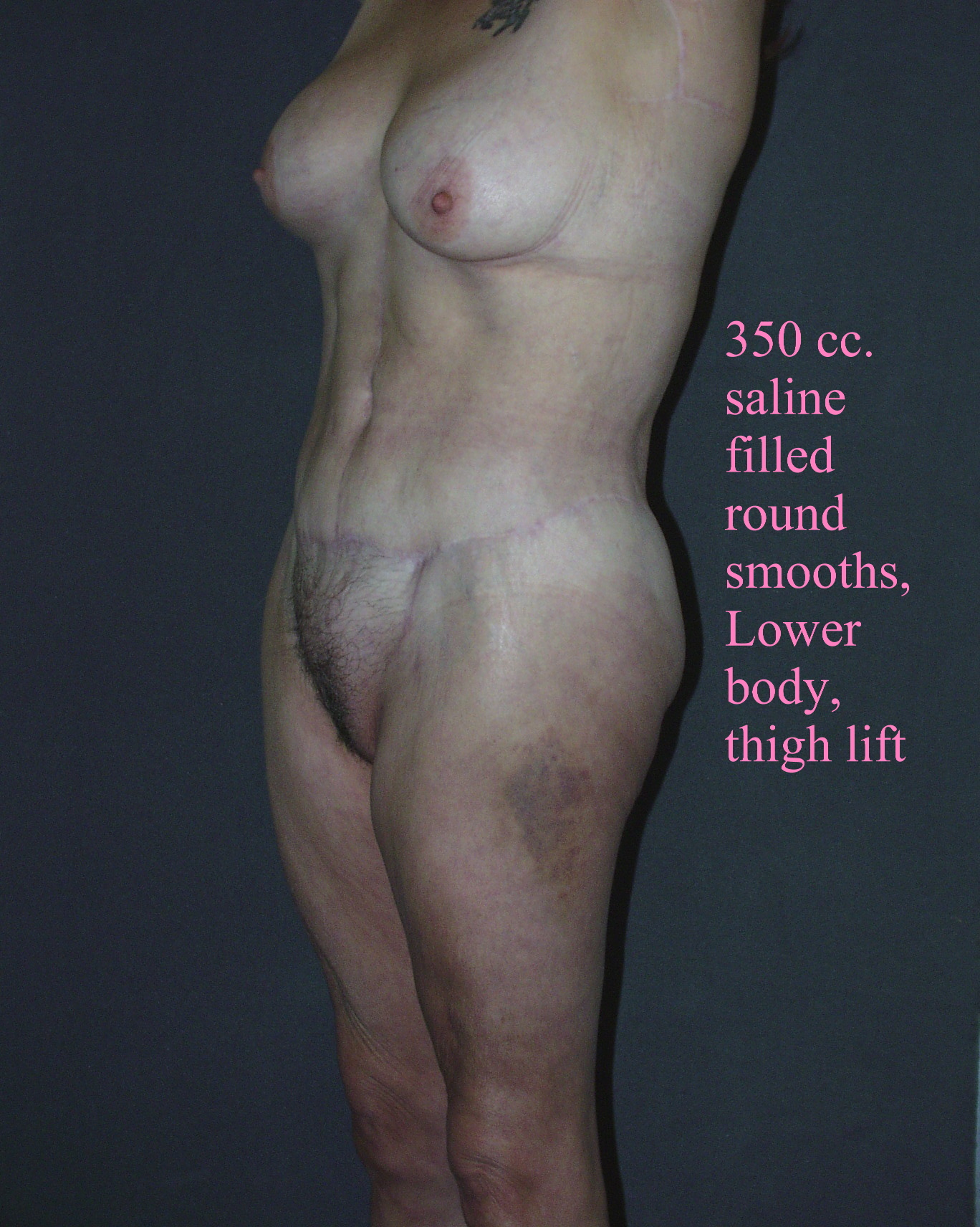Wednesday, November 6, 2002 - 10:18 AM
482
Optimizing Body Contouring After Massive Weight Loss
While circumferential removal of redundant skin and excess fat of the torso has become the preferred procedure after massive weight loss, residual skin laxity, unaesthetic contours and seromas are common. Over the past 3 years, our technique has evolved on 22 patients after minimal incision laparoscopic gastrointestinal bypass. The average preoperative BMI (body mass index) was 53.7 with a reduction to 31.6. Operations were modified based on BMI under 30, between 30 and 35 and greater than 35. In thinner patients we used the lateral position, extensive undermining, vertical excision of excess medial thigh skin, and multiple procedures; whereas, obese had extensive liposuction and limited procedures. Other beneficial techniques were: 1. Draw markings, anticipating scar position with forceful skin pull while supine and standing. 2. Begin prone and resect the medial thighplasty dog ears after the buttock lift. 3. Preserve the subcutaneous fascia system for sturdy permanent suture closure. 4. Suction pubic fat and resect superior and lateral skin for monsplasty. 5. Undermine anteriolateral abdominal skin minimally and close under tension. 6. Limit abdominal midline inverted “V” excision of skin to wide scars. 7. Avoid over resection of flank fat. 8. Undermine lateral and posterior thigh extensively, with the Lockwood wedge-shaped dissector. Seroma requiring more than 2 aspirations occurred in 8 of the 22 patients. There were three localized wound infections requiring in-office drainage. Limited skin necrosis occurred in two patients with back midline V-shaped excisions. Limited scar revisions were performed in 6 patients. There were no rehospitalizations, revisions or deaths. Patients, surgeon and resident judged the results to be very good to excellent. Seromas are an anticipated sequel of these procedures. The results of circumferential body lift and medial thighplasty on patients after massive weight loss approach cosmetic surgery expectations

See more of Cosmetic
Back to 2002 Complete Scientific Program
Back to 2002 Meeting home
